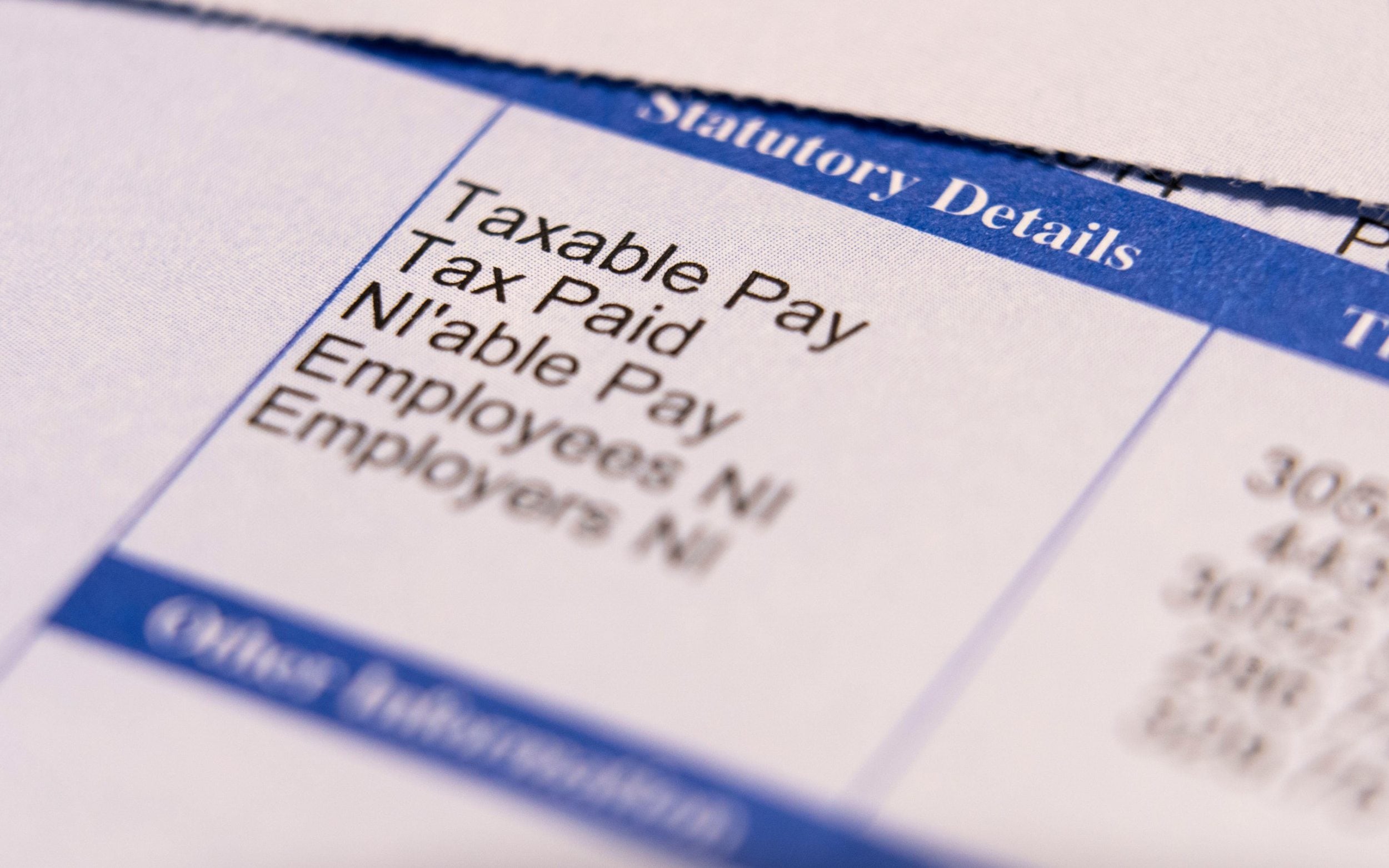
TAKE HOME PAY CALCULATOR: YOUR SALARY AFTER TAX, PENSIONS AND OTHER DEDUCTIBLES
When your take-home pay lands in your bank account each month, it can look underwhelming compared to the salary written into your contract.
Telegraph Money has devised a calculator to show you exactly how much of your hard-earned money stays with you – and how much goes to the taxman.
Our calculator also allows you to add in pension contributions, student loan payments and other benefits paid via “salary sacrifice” to give you a clear reflection of your pay packet, down to the last penny.
Simply enter your annual salary into the calculator and fill or tick in the additional prompts if they are relevant to you.
The results will show how much of your salary is diverted from your bank account, breaking it down by year, month and week.
How is take-home pay calculated?
Each month, chunks of your salary are lost to the taxman and state, or saved for a later date via pension contributions.
Here is a breakdown of the various deductibles you will, or could see, on your payslip.
Income tax
This is the biggest raid on your pay packet, with the average worker losing 20pc of their income to HM Revenue and Customs.
An employee earning £50,000 a year will see £7,186 of their wage go to the taxman.
Income tax thresholds have been frozen since 2021, dragging millions of workers into higher brackets.
The thresholds will also remain frozen until 2027-28. The personal allowance – the amount someone can earn tax-free – has been stuck at £12,570 and the higher rate threshold at £50,270.
Jeremy Hunt rubbed salt in the wounds of top earners last April when he cut the additional rate threshold from £150,000 to £125,140.
By 2028-29, 1 million additional workers will be paying 45pc income tax, according to official forecasts, while 3 million will become higher rate taxpayers in the 40pc bracket.
Over the last parliament, tax revenues as a percentage of GDP will have grown from 33pc to 37pc – the highest level since the 1940s.
National Insurance
National Insurance contributions vary depending on whether you are employed or self-employed.
In a boost to the majority of workers, Jeremy Hunt cut NI for those in the main “Class 1” category from 12pc to 8pc.
This means the average employee earning £35,000 will save £785 a year.
For 2 million self-employed workers, the abolition of Class 2 NI and the reduction of the Class 4 rate, announced in the Autumn Statement, will save someone making profits of £35,000 a total of £394 compared to April 2023.
Paying NI builds your own entitlement for benefits such as the state pension, as well as maternity allowance, bereavement support payment and new-style jobseeker’s allowance.
Workers pay NI until they reach state pension age. After this, you no longer have to make payments, even if you still have a job.
Racking up enough contributions over your working life can be the difference between getting an extra £10,000 a year in government payments when you reach retirement.
Pension contributions
Often, pension contributions will be deducted from your salary, and your workplace’s pension scheme invests them on your behalf.
Unlike the tax deductions or NI payments, the pension contributions are locked away for your benefit in future retirement.
Under auto-enrolment law, your employer must ensure your minimum pension contributions are 8pc – usually split as 3pc from them and 5pc from you. While this is better than nothing, it’s unlikely to be enough to build up enough for a comfortable retirement.
Student loan
The amount of debt students leave university with and their repayment plan depends on when they started, their course, and where they studied.
For instance, students who started university in England between 1 September 2012 and 31 July 2023 will be on Plan 2.
They start repayments from the April after their graduation, paying 9pc on earnings over annual earnings of £27,295. If you earn less than this threshold, you won’t pay anything – but your loan will still accrue interest. Any loan that’s left after 30 years will be written off.
Other deductions
If you take part in a salary sacrifice scheme, such as driving a company car in exchange for a pay cut, then fill in the “other salary deductions” section of our calculator.
Utilising such schemes can help shield your earnings from the taxman. For example, an employee earning £53,000 who sacrifices £3,000 of their salary will fall into a lower tax bracket and benefit from a greater personal savings allowance.
Recommended
Navigating UK personal tax in 2024 – all you need to know
2024-05-06T05:31:19Z dg43tfdfdgfd